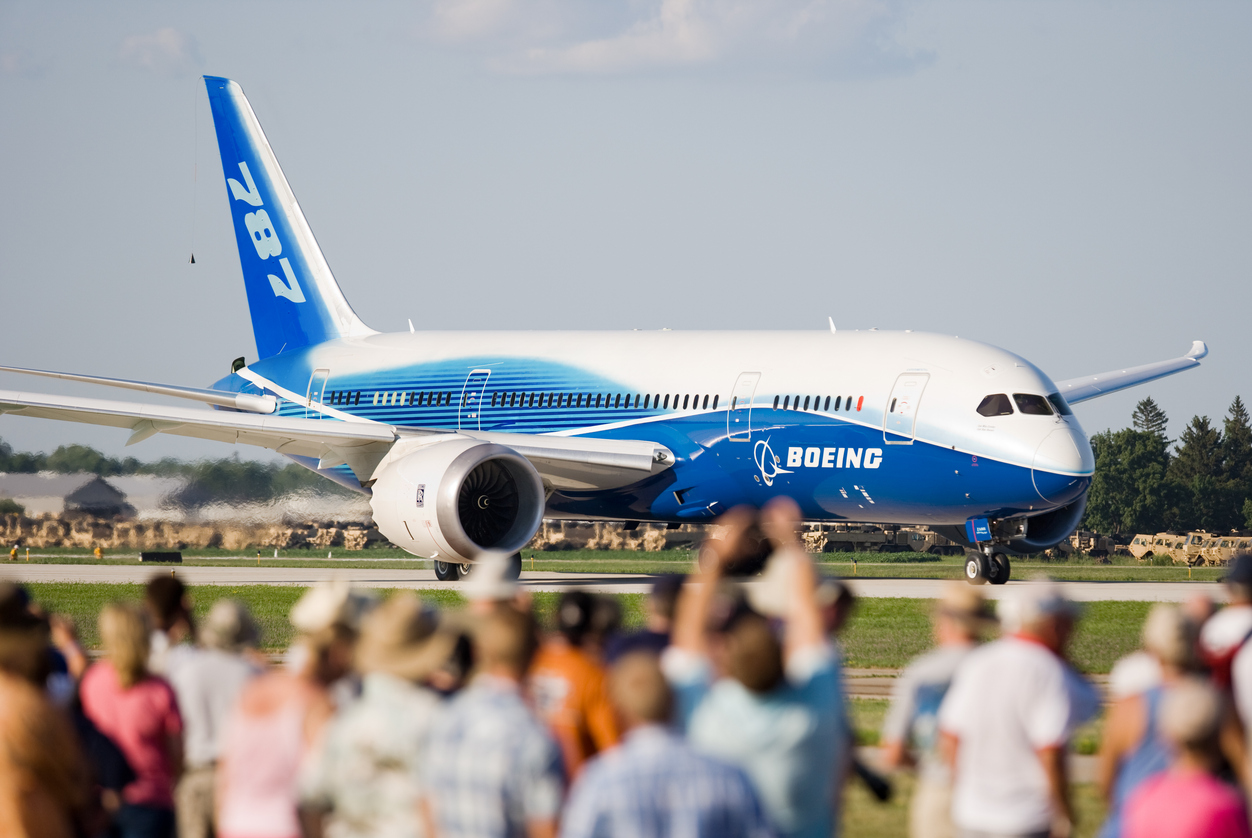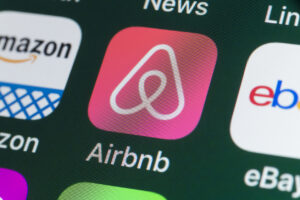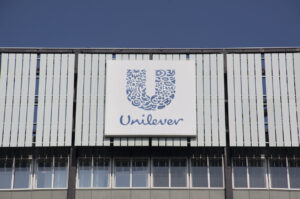The Scoop: Former Boeing manager says employees mishandled parts
Google CEO admits AI boom surprised company, Nokia to help bring 4G to the moon.

A quick note to start The Scoop — with the passage of the TikTok ban in Congress, PR Daily has you covered regarding the implications of the ban for PR pros.
Former Boeing manager says company pressure caused mishandling of parts
Boeing has had a rough go of it lately. Between a plane door falling off an Alaska Airlines plane in January to news that lapses throughout the assembly process led to critical manufacturing errors, the aerospace giant has been on the defensive for much of 2024, with CEO Dave Calhoun even agreeing to walk away at the end of the year.
In a piece for The New York Times, former Boeing plant manager Merle Meyers described a work situation in which pressures from above led to slipshod work.
Mr. Meyers said he was particularly troubled that workers at Boeing’s Everett factory felt such pressure to keep production moving that they would find unauthorized ways to get the parts they needed. That included taking parts assigned to other planes, taking newly delivered components before they could be inspected or logged, or trying to recover parts that had been scrapped. To Mr. Meyers, managers did little to dissuade or punish workers from such shortcuts.
While there’s no way to definitively tell whether any of the work Meyers oversaw led to critical issues with planes, it appears that this situation is indicative of the processes that led Boeing to the loss of public reputation it’s recently experienced.
Why it matters: Boeing could really use some good PR right now, but this isn’t going to help. Beyond the surface-level issues like the plane incidents and the scramble by the company’s comms and leadership teams to clean up the mess, this report shows something deeper and almost more concerning — that Boeing’s culture of speed trumped its desire for safe assembly.
When there are cultural issues inside your organization, if you let them fester long enough, they’re bound to become external ones. Once they get into the public sphere, it’s a lot harder to do damage control.
What does this mean for Boeing? We can’t say exactly what the strategy will be when the dust clears, but a renewed focus on safety and transparency could help prevent airline customers from thinking twice before booking a trip on a Boeing-made jet. That starts with smartly done PR with a focus on safety and awareness of issues to reingratiate the company in the minds of consumers, and as it stands now, Boeing has some work to do.
Editor’s Top Reads:
- Google is undoubtedly one of the top tech companies on the planet. But according to CEO Sundar Pichai, even his organization was caught off guard by the sudden rise of generative AI. According to Business Insider, Pichai said that he knew about the significance of AI years ago, but had “a different sense of trajectory in mind” when it came to large-scale adoption. This is significant in a few ways. First, it’s an explainer behind why Google rushed to build a competitor for ChatGPT so quickly, even if its Gemini product wasn’t very well received. It’s also important because as the leader of the company, Pichai admitted that Google was a step behind the curve but committed to be a leader in the space going forward. When you have a reputation as one of the most innovative companies on the planet, it can be tough to admit losses or missteps when everyone expects perfection. The public is always watching, and having leaders admit missteps and provide future optimism can help endear you to customers going forward.
- Remember those Nokia brick phones from the early 2000s? They probably don’t immediately conjure up images of technological advancement in your head. But despite that, Finnish company Nokia has a new tech venture in mind — bringing cell service to the moon. According to CNN, Nokia and NASA have partnered with SpaceX to bring a 4G network to the moon later this year, which will then be controlled from Earth. Admit it, you probably haven’t thought about Nokia since George W. Bush was the president. When you’ve been out of the public discussion for a while, sometimes an innovative move can help get you back in the conversation. Additionally, choosing the right partnerships (like NASA, because space is cool and people pay attention to it) can assist with a PR push after time out of the spotlight.
- While we’re on the topic of things we recall from decades ago, remember Foot Locker? It’s still around, and it’s undergoing a total refresh. According to CNBC, Foot Locker is creating its “store of the future” to entice sneakerheads to physical locations and away from online shopping. Even the employees’ striped uniforms are getting an update as part of the company’s “Lace Up” reimagining plan. “When we think about this, this isn’t just Foot Locker in isolation thinking what’s important, or what do we want,” said Foot Locker CCO Frank Bracken. ” (We’re) partnering very closely with our brand partners to bring digital storytelling and then product merchandising and storytelling to another level.” No matter your brand, there’s always a story to tell. For Foot Locker, after years of online competition eating into its market share, making the process of buying shoes as much about the experience as the purchase is a great way to differentiate itself. Think about the things that make you different from your competitors and hone in on those when you’re telling your PR story — it might make some great ideas float to the top.
Sean Devlin is an editor at Ragan Communications. In his spare time he enjoys Philly sports and hosting trivia.






